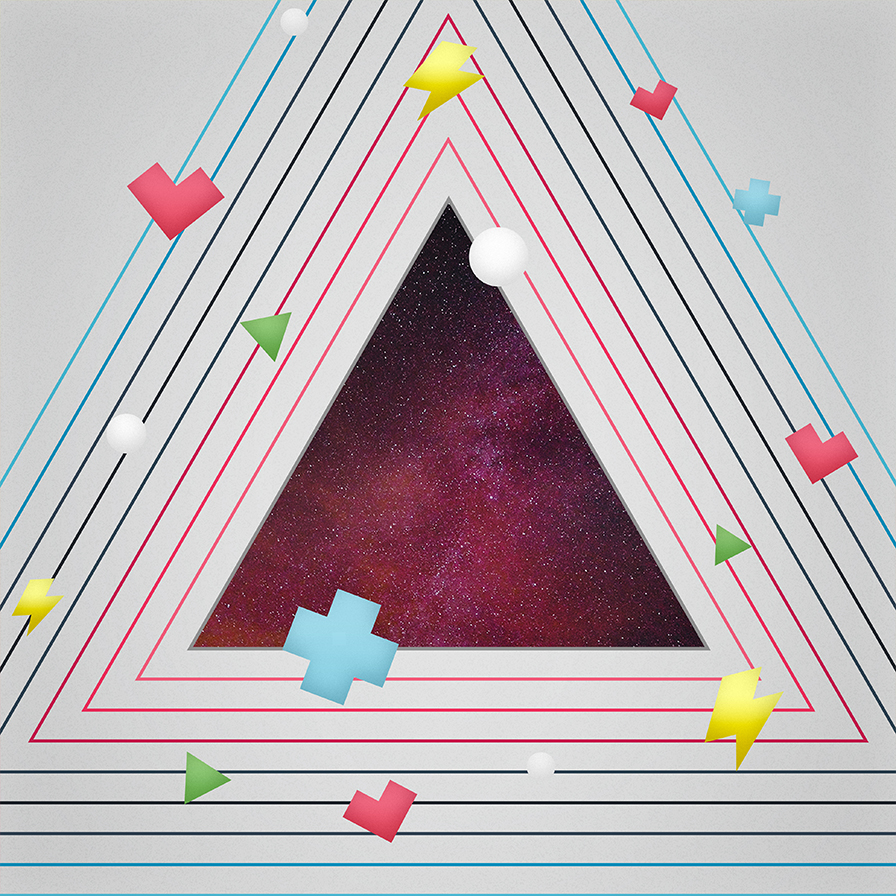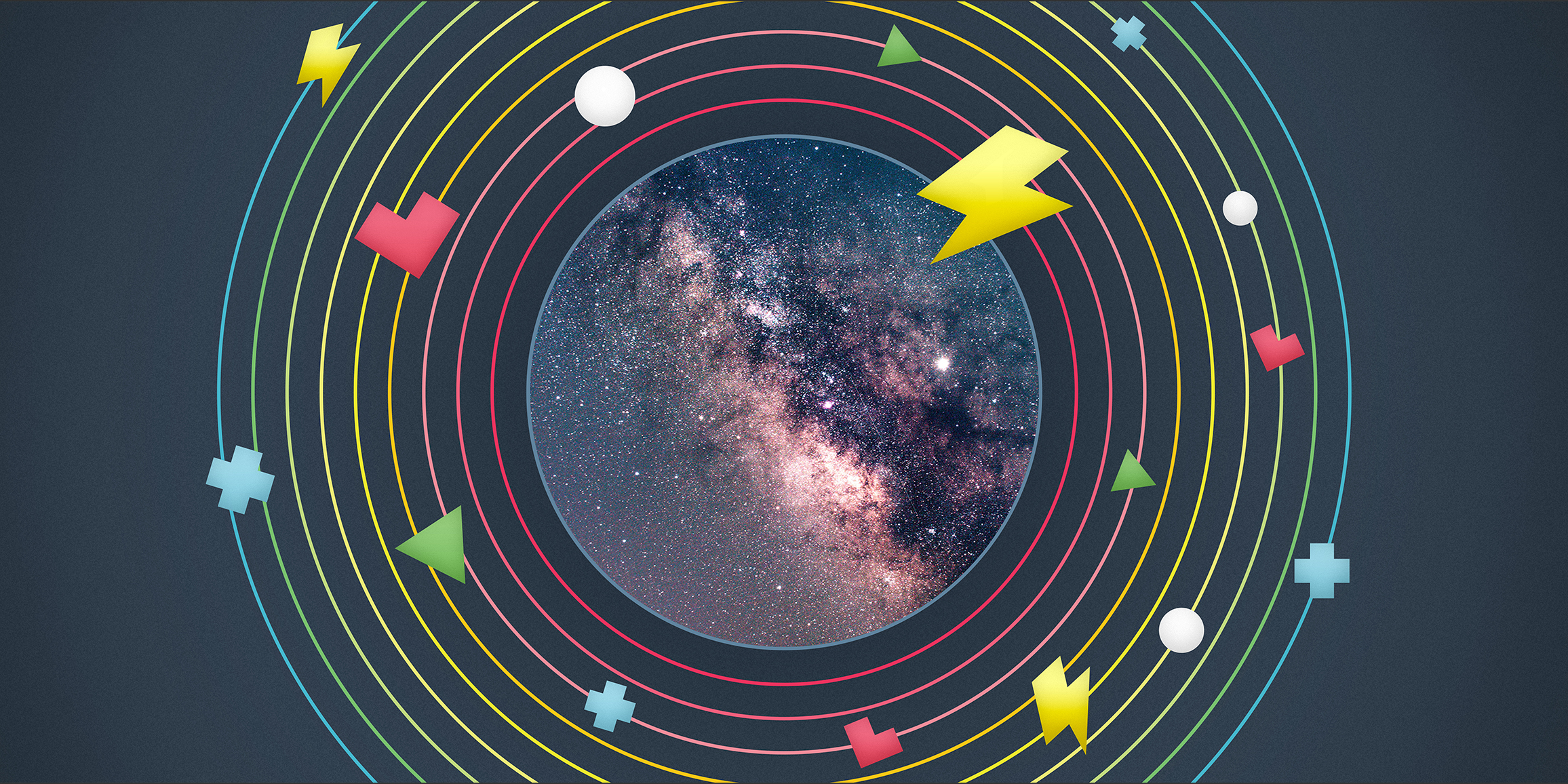For marketers working with youth entertainment brands, one of the hardest items in your to-do list is figuring out how to sell your product to kids. On one hand, the idea rests on shaky ethical ground given the realities of the business. But on the other, in a fragmented digital marketplace, how do you reach the audience you need in a way that communicates what’s special about your product?
Unfortunately, we’re past the time when a 30-second spot with smiling kids playing a videogame qualified as an engaging campaign. So instead of trying to reinvent the wheel in terms of messaging, why not leave your marketing to the experts: Your customers themselves.
On the surface, the idea almost sounds sinister. How do you dream up a way to convince people to do your work for you? But instead of thinking of community-based marketing as a trick, think of it as a natural result of creating something exciting and worth talking about.
If your brand produces a game people want to play and discuss, the digital audience has a way of forming communities around what they’re proud of playing. Once your core customers are spending time with your product and promoting their efforts—and, in turn, yours—that conversation becomes the core of your marketing message.
Community-based marketing rewards person-to-person sharing
As the marketplace has splintered across multiple channels, you can no longer rely on a one-size-fits-all message to promote your brand’s products. Beyond raising brand awareness, a “spray and pray” approach no longer generates real results. To impact your sales numbers, you need to connect with your brand’s biggest fans.
Community-based marketing is built on reaching and empowering your product’s true fans to express themselves. But to be effective, your brand can’t try and retain too much control by dictating what your fans can do. Instead, you have to focus on offering the tools for your fans to share their experience.
Then you have to get out of the way.
Think of how YouTube took off. The platform launched as a way for users to post videos and provided the opportunity to comment. Some 2 billion users later, it’s a streaming media giant. In the gaming industry, some of the biggest titles of the past several years have succeeded because they were built around shareability. Without those tools in place, most of these games would’ve likely been dead on arrival.
In our work with Norwalk Havoc Robots League we expanded their audience with just a slight nudge to positioning combat robotics as a fun way to introduce Science, Technology, Engineering, Art and Math (STEAM). The excitement of the offering is of course watching toy robots smash each other but the sport became more accessible when positioned as a great way to get friends together to work on a creative problem. Whether you’re into the arts or engineering matters less than if you like to play with toys with your friends and family.
This opening up of their brand helped them attract not just engineering students from MIT but new communities of curious kids, women in science, family crafters and gamers. A series of small communities contributed to an ever expanding audience.
Fundamentally, community-based marketing requires a shift in thinking. Most marketers focus on how to communicate the right detail about a title to launch it into the public consciousness. Product teams consider how to incorporate the right tools to give users something to play with and share.


What do Minecraft, Roblox, and Twitch have in common?
When your product encourages its users to express themselves, they’re eager to share what they’ve done with friends. Think of the early days of Facebook, which was built on building a community. What’s the fun of posting a picture if you can’t tag your friend? Then they see a notification and join the platform followed by their friends, and the community grew exponentially over time.
Similarly, some of the biggest products in the gaming industry of the past several years were purpose-built around community. In Minecraft, players express themselves by building little villages they can then invite another player to virtually visit. The worlds continued to grow in popularity to the extent that players extended the title’s reach by dressing up as favorite characters in the real world for Halloween.
Similarly, Roblox allows its community to create virtual worlds and build their own games. Once the games are built, other players in the community can play. For both titles, the game simply isn’t fun if no one else sees that you’ve built something.
A streaming platform that rose around gaming, Twitch is also built around providing ways for its users to express themselves. Whether used to watch people play a game or, as the pandemic showed, perform concerts or host chats, the platform encourages both creativity and connection.
For all three of these titles, the ability to form a self-contained community became their most vital features. And, as a result, their popularity continued to grow.
Where brands go wrong with community-based marketing
Given the potential rewards, it’s surprising that brands may be reluctant to embrace facilitating product marketing from their biggest fans. Community-based marketing requires upfront work to ensure users have the tools in place to share their experience. But once the feature is in place and begins to snowball, it continues delivering a return on investment.
For brands, the issue comes down to control. When you create open-ended opportunities for your audience to express themselves, you can’t predict the results. But before an incident constituting bad PR occurs, brands will instinctually squash a new feature that’s driving community in a way they didn't expect.
The knee-jerk response often is, “That’s not on-brand, we’re going to discourage it.” But that’s a wrongheaded approach that punishes your fans for their creativity. Once you've established that offensive behavior is unwelcome, you’re better off nourishing a sense of community and seeing the results as your fans express themselves in new ways.
Once community-based marketing takes hold, you can’t entirely predict where your users will take it—and that can be scary. But if you’ve allowed fans to create a conscientious community dedicated to your product, they’ll take it further than any conventional campaign.


How community-based marketing outpaces conventional advertising
Trying to reach a youth audience in conventional ways once sounded easy. You come up with an ad, you pay for it to show up where your customers are looking, and then move on. When effectively implemented, community-based marketing lives on indefinitely. Imagine you’re hoping to promote a video game on social media. Rather than broadcasting a narrow, one-time message, you can hire influencers who are a presence in your audience’s community to dress as their favorite characters. The brand doesn’t have to tell consumers to follow suit; it just needs to plant a seed.
Hopefully, your audience runs with it. Then, as the idea takes off, the next generation of players follows suit with their own costumes. Then people build off those ideas and, as time goes on, more fans have adopted your message to express themselves in new ways.
When you focus on building a community, there’s no limit to where your message will go.


